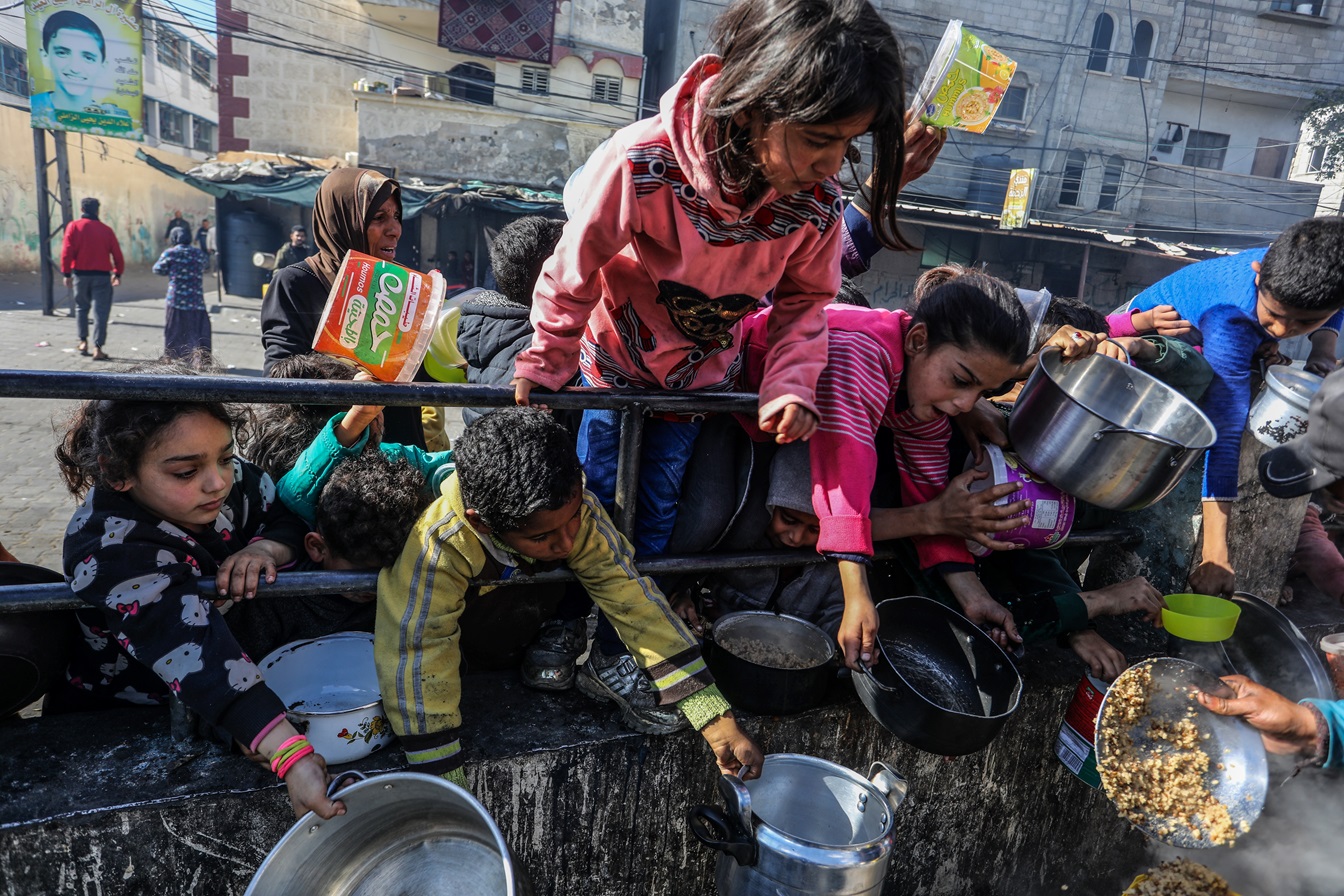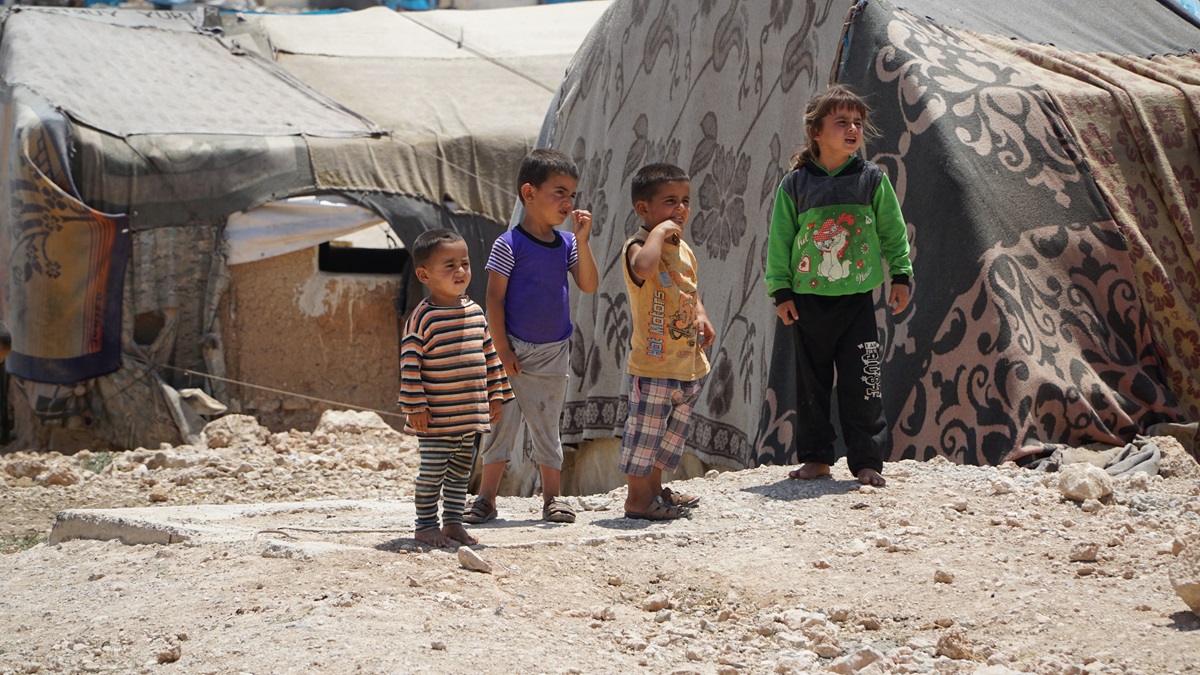
Thousands of Sednaya Prison survivors live in dire conditions, with no shelter, urgent medical needs, and untreated psychological trauma. Many lack recognition and support, especially women and children who endured unimaginable violence. To address this, we developed an 18-month rehabilitation program providing medical care, psychological support, job training, and reintegration. Together, we can restore dignity and hope. For detailed information download the full program details
Objective:
To support and rehabilitate detainees released from Syrian prisons, focusing on medical care, psychological support, job training, and reintegration into society. Special attention will be given to women and children, especially those who suffered sexual violence.
Phase 1: Partner Identification and Information Collection
Phase 2: Medical and Psychological Assessment
Phase 3: Rehabilitation and Vocational Training
Phase 4: Special Focus on Women and Children
Phase 5: Ongoing Support and Follow-up
Tools and Resources for Verification and Execution:
This program aims to provide holistic care, from the initial contact with detainees through rehabilitation and reintegration into society. Let me know if you need further details or adjustments!
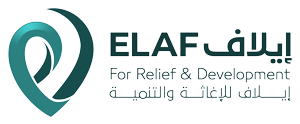
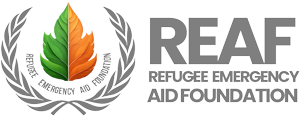
March 17, 2025
REAF Global is pleased to announce the signing of a Memorandum of Understanding (MoU) with Elaf for Relief and Development (Elaf RD) to enhance collaboration in humanitarian response and development programs. This partnership aims to support vulnerable communities in Türkiye and Syria through joint initiatives, funding opportunities, and capacity-building efforts.
Both organizations will work together on project development, resource mobilization, and implementation of sustainable aid programs, ensuring a greater impact on displaced individuals and host communities.
This collaboration reflects a shared commitment to humanitarian aid, resilience-building, and sustainable development.
Looking Ahead
This partnership signifies a commitment to enhancing emergency response, sustainable development, and resilience-building efforts through joint initiatives and capacity-building programs. By combining resources and expertise, REAF Global and Elaf RD aim to make a significant impact on the lives of those in need, fostering resilience and promoting long-term development in affected communities.
For more information about Elaf for Relief and Development, please visit their website at https://elaf.ngo/.
For inquiries regarding this partnership, please contact:
Thousands of survivors of Sednaya Prison in Syria are struggling to rebuild their lives, facing dire conditions with limited access to shelter, medical care, and psychological support. Many, especially women and children, have endured unimaginable violence and trauma, and lack recognition and support.
Objective:
To support and rehabilitate detainees released from Syrian prisons, focusing on medical care, psychological support, job training, and reintegration into society. Special attention will be given to women and children, especially those who suffered sexual violence.
Phase 1: Partner Identification and Information Collection
Phase 2: Medical and Psychological Assessment
Phase 3: Rehabilitation and Vocational Training
Phase 4: Special Focus on Women and Children
Phase 5: Ongoing Support and Follow-up
Tools and Resources for Verification and Execution:
This program aims to provide holistic care, from the initial contact with detainees through rehabilitation and reintegration into society. Let me know if you need further details or adjustments!

Sednaya Prison: A Fortress of Silence and Oppression
Sednaya Prison: A Fortress of Silence and Oppression
Sednaya Prison, located just outside Damascus, Syria, is one of the most notorious facilities in the world. It has become synonymous with secrecy, torture, and the brutal repression of political prisoners. Originally constructed in the 1980s, the prison has gained infamy due to its harsh conditions, human rights violations, and the horrific experiences of those incarcerated within its walls.
The Architecture of Control
Sednaya Prison’s design is a reflection of the regime it serves: a fortress of control, isolation, and secrecy. Built in a strategic location outside the capital, the prison consists of multiple layers of high security, reinforced walls, barbed wire, and watchtowers. What makes Sednaya especially feared is not just its physical barriers but the psychological ones as well. Many of its detainees are held in complete isolation, with little or no contact with the outside world.
The prison is known for its three underground levels, which are considered to be among the most secretive areas of the facility. Access to these levels is nearly impossible for outsiders, and the information about them is sparse, with very few survivors able to share any details about the conditions they endured there.
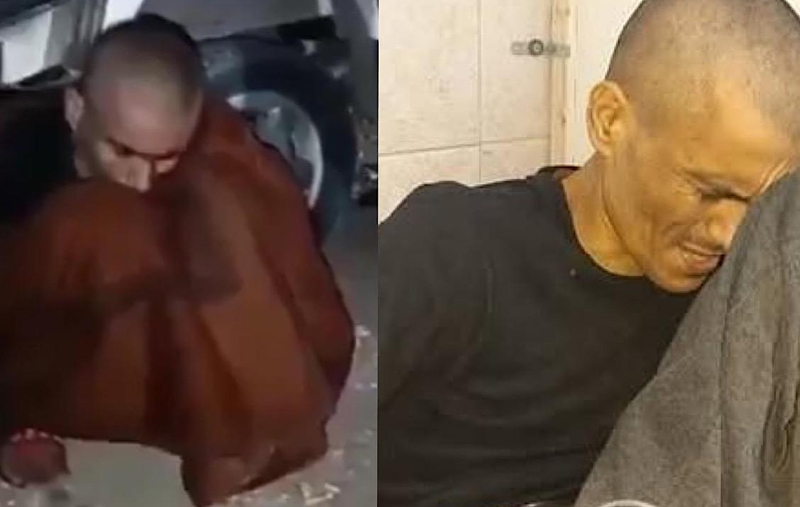
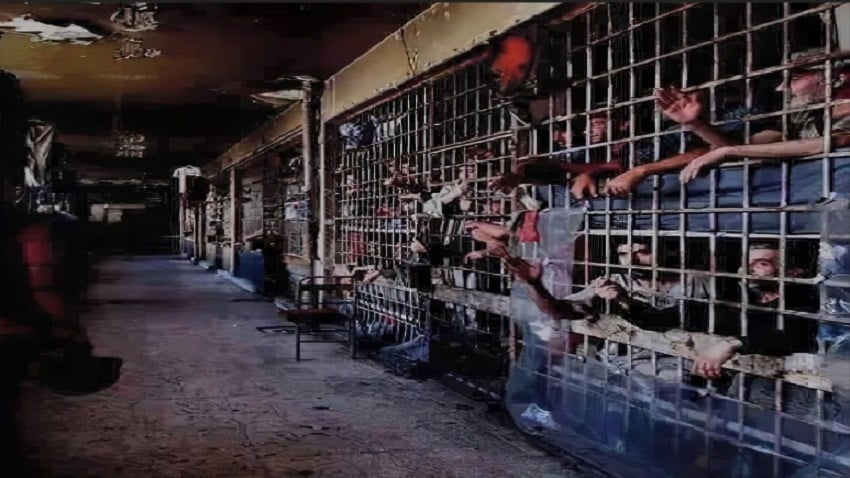
A History of Torture and Brutality
Over the years, Sednaya has become a symbol of the Syrian regime’s oppressive tactics. Political prisoners, activists, and critics of the government are often detained here, subjected to brutal interrogation methods, and forced to endure inhumane living conditions. The prison is notorious for its use of torture, starvation, and executions, often conducted in secret.
Reports from survivors describe horrific scenes of overcrowding, poor sanitation, and physical abuse. Prisoners are frequently subjected to prolonged solitary confinement, deprived of basic necessities like food, water, and medical care. Some accounts suggest that the guards use a system of psychological torture, manipulating time and space to disorient and break the spirit of detainees.
The Role of Sednaya Prison in the Syrian Conflict
Sednaya’s dark reputation only grew during the Syrian Civil War. As the conflict escalated, the prison became a focal point for human rights organizations and activists, many of whom sought to expose the atrocities committed within its walls. In recent years, rebels and activists have called for the release of political prisoners, hoping that the collapse of the Assad regime would lead to the liberation of those still held captive.
In 2016, the organization Forensic Architecture, in collaboration with Amnesty International, created a 3D model of Sednaya Prison to shed light on its brutal conditions. This effort provided a new level of transparency, using satellite imagery, testimonies from former detainees, and other sources to reconstruct the prison’s interior and document its history of abuse.
The Current Situation: A Hopeful Yet Unfinished Victory
In a stunning turn of events, the Syrian people, alongside rebel forces, were able to seize control of Sednaya Prison, liberating more than 4,000 prisoners who had long been held under the brutal conditions of the Assad regime. The prison, once a symbol of oppression, became a place of hope as prisoners, many of them political activists and opposition figures, were freed and allowed to return to their families.
However, the victory is not complete. While the main sections of the prison were overrun and the majority of prisoners were released, the rebels were unable to locate the secret underground section of the prison. This area, which remains shrouded in mystery, is believed to house even more hidden rooms and secret gates that have remained sealed off from the public. Reports suggest that more than 25,000 prisoners could be held in this secret underground section, with their fate unknown. Despite extensive searches and efforts to uncover the gates that lead to this underground section, the secret layers of Sednaya remain elusive.
As of now, the fate of those who may still be held in these secret underground sections is unclear, and the search for answers continues.
Sednaya Prison is more than just a place of confinement; it is a symbol of oppression, suffering, and the fight for freedom. The recent takeover and mass liberation were major victories for the Syrian people, but the incomplete nature of this victory reminds us of the ongoing struggle for justice. The quest to uncover the secret underground sections of Sednaya continues, as the world awaits further revelations about the true extent of the atrocities committed within its walls.
The ongoing conflict in Gaza has left thousands of families displaced, with homes destroyed and basic resources running out. Children, the most vulnerable in this crisis, face immense hardships, lacking access to food, clean water, and medical care. The war has disrupted their education, leaving the future of a generation at risk.
As the situation escalates, the people of Gaza are in dire need of emergency assistance. Refugees and displaced families urgently require food, shelter, medical supplies, and psychological support. Children need access to education, clean water, and protection from violence. Every effort counts to ensure survival and recovery in the face of these challenges.
Urgent Humanitarian Aid Needed for the People of Gaza
The people of Gaza are enduring extreme suffering due to ongoing violence. Homes have been destroyed, and basic necessities like food, water, and medicine are scarce. Vulnerable children, who are especially affected, are left without access to education and healthcare.
We can help by providing financial donations to support organizations offering emergency aid, medical supplies, and food assistance. Additionally, contributing to education and psychological support initiatives for children can help them regain hope for the future. Our collective efforts can bring vital relief to these communities, helping them rebuild their lives. By working together, we can offer immediate support to those who need it most during this crisis.
